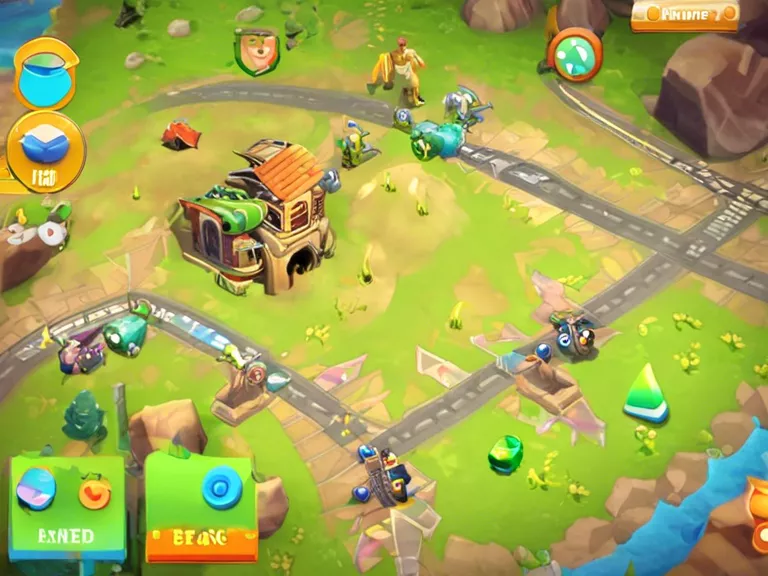
Best strategies for designing non-linear storylines in interactive games
In the world of interactive games, non-linear storylines have become more and more popular among players. Non-linear storylines allow players to make decisions that impact the outcome of the game, leading to multiple possible endings and a more personalized gaming experience. However, designing a non-linear storyline can be a challenging task for game developers. Here are some of the best strategies for creating non-linear storylines in interactive games:
Branching narrative: One of the key elements of a non-linear storyline is a branching narrative. This means that the story can unfold in different directions based on the player's choices. To effectively create a branching narrative, developers can map out the different story paths and decision points, ensuring that each choice leads to a meaningful consequence.
Player agency: Giving players a sense of agency is essential in non-linear storytelling. Players should feel like their choices matter and have an impact on how the story unfolds. Developers can achieve this by ensuring that choices are meaningful, with different outcomes that reflect the player's decisions.
Multiple endings: Non-linear storylines often feature multiple endings, providing players with a sense of replayability and exploration. Each ending should feel satisfying and reflect the choices made throughout the game. Developers can create different endings by designing multiple story paths that converge at key points.
Character development: In a non-linear storyline, character development can be more complex and dynamic. Characters should react to the player's choices, evolving and changing based on the decisions made. This adds depth to the story and makes the player's choices feel more impactful.
Player feedback: Finally, it's important for developers to gather feedback from players throughout the game development process. Playtesting can help identify areas where the non-linear storyline can be improved, ensuring a more engaging and immersive experience for players.
By implementing these strategies, game developers can create compelling non-linear storylines that captivate players and encourage replayability. With the right approach, non-linear storytelling can elevate interactive games to new levels of immersion and engagement.



